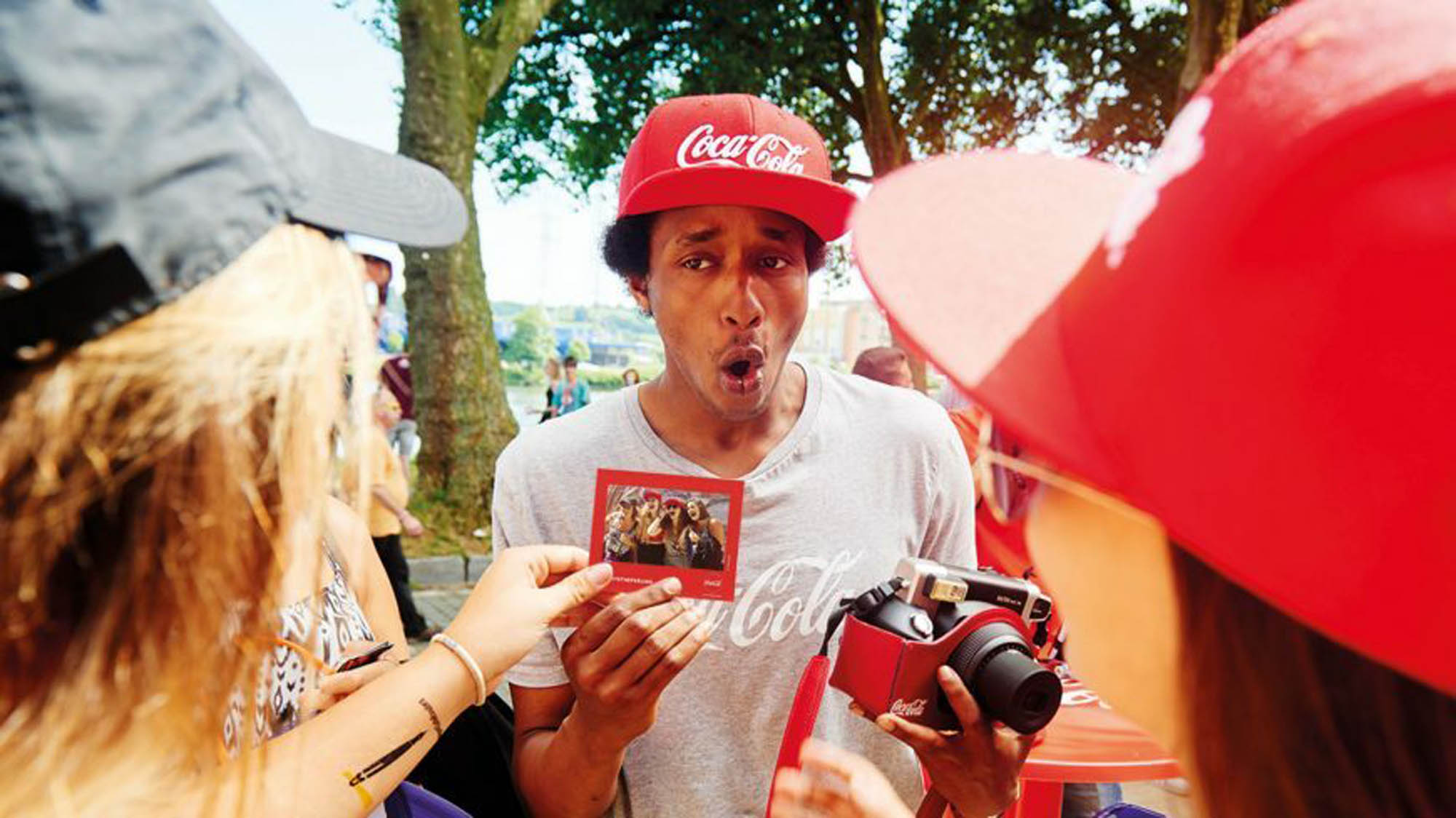With marketing budgets being cut and brands progressively deferring investing in offline and below the line awareness campaigns, it becomes increasingly important to make smart and impactful marketing decisions. Live Marketing tools should not be overlooked when planning the next marketing campaign.
The expansion of the digitalized world has resulted in marketing professionals being increasingly focused on online marketing efforts. However, the digital world is becoming increasingly cluttered, and reaching target consumers in an effective and valuable way has become challenging. Moreover, a number of studies indicate that despite the popularity of online marketing, consumer buying behavior is still more likely to be influenced by offline influences. One way of getting in touch with consumers in the real world is through promotional giveaways and freebies.
Quantity vs quality
Marketing decisions regarding promotional giveaways too often fail to consider the benefit for the consumer and more disappointingly, are too focused on quantity over quality with limited budgets. As with all marketing decisions, there is always the risk that marketing and advertisement activities actively weaken instead of strengthen the brand. Therefore, these decisions should not be taken lightly.
Giveaways come is many shapes and forms, but they have one thing in common: they are free. People go out of their way to be the recipient of free promotional products. They buy products that they would maybe not have bought, just because a free glass comes with it. They purchase 5 for the price of 4 products when one is free, even though they might have just needed 3 in the first place. According to behavioral economist and psychologist Dan Ariely, being offered something for free is a powerful emotional trigger that prompts people to change their behavioral pattern. This is very positive news for marketers trying to develop a successful offline marketing plan.
However, not so fast, because a recent study by Samuel Stäbler in the Journal of Advertising Research* found that low quality giveaways may very well have a negative impact on consumers’ attitude toward the brand. Moreover, bad giveaways can have a negative impact that is more lasting than the positive impact of desirable “good” giveaways. Brand familiarity does not protect from the negative consequences of low-quality giveaways. Interestingly, the study also found that standard or “normal” giveaways did not improve the consumer’s attitude toward the brand. This is key information that should be on any marketer’s mind when making decisions about how to shape their next promotional campaign.
Giveaways with positive brand impact
That leaves the question of which giveaways have the most positive brand impact. According to the same study by Samuel Stäbler, brands can benefit from giveaways as long as they are personalized (for instance containing the consumer’s name or photo). There are also yearly studies, such as the Global Advertising Specialties Impressions Study (conducted by the Advertising Specialty Institute “ASI”), that investigate the effectiveness of promotional products to consumers. These are of course handy insights and tools to use in deciding on what giveaways to invest in. Key performance indicators that demonstrate the efficiency of specific aspects of a campaign – such as return on investment “ROI” and cost per impression “CPI” – are also important. Even though it is less straightforward to for instance calculate the CPI of a brand’s promotional products than the CPI of an online advertisement, studies such as the one previously mentioned, confirm time and time again that no other form of advertising has a lower CPI than a good promotional product. For instance, a logoed t-shirt that costs $7 has a CPI of only 2/10 of a cent (ASI Study 2020). In comparison, an advertisement on Facebook costs on average 7/10 of a cent per CPI.
Consolidating all of the above, we can conclude that personalized, quality, useful, and attractive giveaways are potentially the cheapest and most powerful form of advertisement. We have already seen that “normal” giveaways should be avoided, and it is costly to individualize promotional products by for instance inscribing names or personal messages. An alternative way to personalize a giveaway is with an on-the-spot photograph. People tend to smile when a photograph is taken. Social convention associates photography with happy occasions. Moreover, facial expressions coupled with smiling are well known to have a positive impact on our feelings: they make us happy. There is no better way to stand out from competition when you don’t only create brand awareness, but also generate a positive emotional response in the consumer that internally links your brand with their positive feelings.
Photoflyer – lowest CPI and highest impact
So, what is the ideal giveaway with the lowest CPI and the highest impact? We believe that in the current challenging times, where crowding must be avoided and social distance maintained, Photoflyer offers the ideal giveaway. Photoflyer is a photo taken and produced on-the-spot that is placed in a non-removable brandable sleeve. The photo is taken by non-stationary promoters with low-tech cameras that can be operated by anyone and don’t need electricity or internet. There is no need for people to congregate at a photo booth, and the photos and sleeves are laminated and can be disinfected if desired. The photos are not saved online, therefore there are no data protection issues. Furthermore, Photoflyers can easily be combined with advertising campaigns and other promotion activities such as coupons, contests, QR codes, barcodes. This also makes measuring the success of the campaign easier.
In short, Photoflyer is highly personal, useful, of high quality, has a joyful fun factor, drives on-the-spot conversation, and most importantly, is a giveaway no one will want to throw away.
Written by Aisha N. van der Staal and Gregor Wepper
Disclaimer: we are the official Photoflyer reseller for Austria. Contact us for more information. www.photoflyer.at, sales@photoflyer.at
*Why Cheap, Low-Quality Giveaways Are Bad for Brands, Samuel Stäbler, Journal of Advertising Research Jul 2020, JAR-2020-017; DOI: 10.2501/JAR-2020-017

